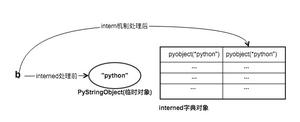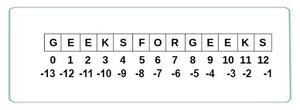在Python中替换元组中的重复项
当需要用不同的值替换元组中的重复项时,可以使用“设置”方法和列表推导。
列表理解是迭代列表并对其执行操作的一种快捷方式。
Python带有一个称为“ set”的数据类型。该“集合”包含仅唯一的元素。该集合在执行诸如相交,差分,并集和对称差分之类的操作时很有用。
以下是相同的演示-
示例
my_tuple_1 = (11, 14, 0, 78, 33, 11, 10, 78, 0)输出结果print("The tuple is : ")
print(my_tuple_1)
my_set = set()
my_result = tuple(ele if ele not in my_set and not my_set.add(ele)
else 'FILL' for ele in my_tuple_1)
print("The tuple after replacing the values is: ")
print(my_result)
The tuple is :(11, 14, 0, 78, 33, 11, 10, 78, 0)
The tuple after replacing the values is:
(11, 14, 0, 78, 33, 'FILL', 10, 'FILL', 'FILL')
解释
元组已定义并显示在控制台上。
创建另一个空集。
元组被迭代,并且仅当元素不存在于列表中时才将它们追加到列表中。
如果存在,则将其替换为值“ FILL”。
现在将其转换为元组。
这已分配给一个值。
它显示在控制台上。
以上是 在Python中替换元组中的重复项 的全部内容, 来源链接: utcz.com/z/333627.html





